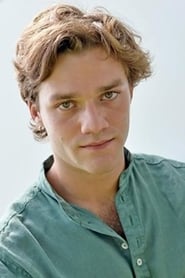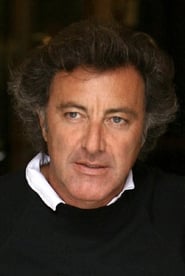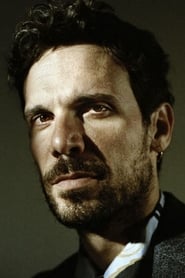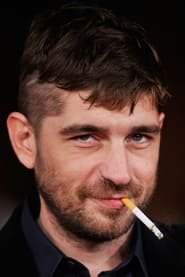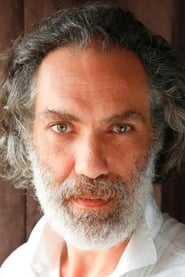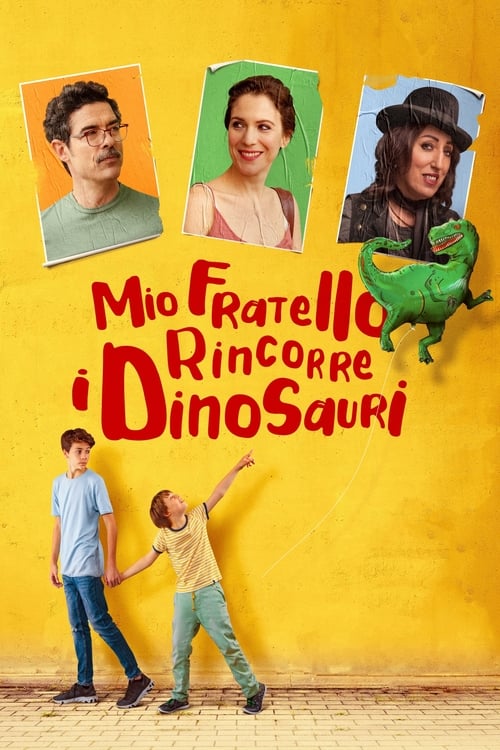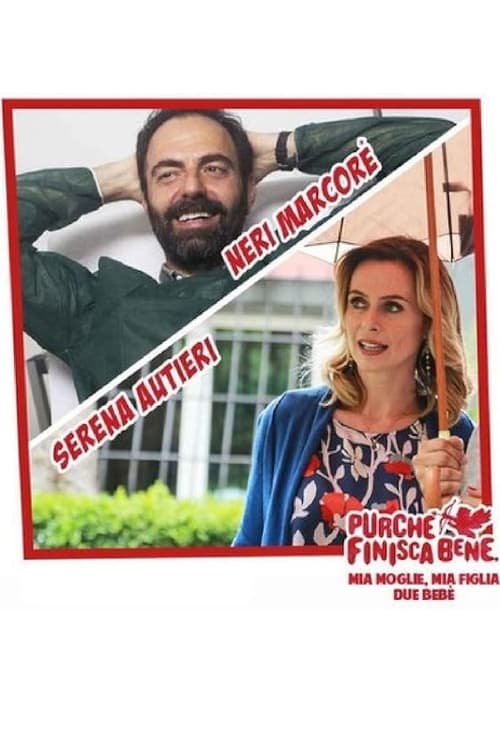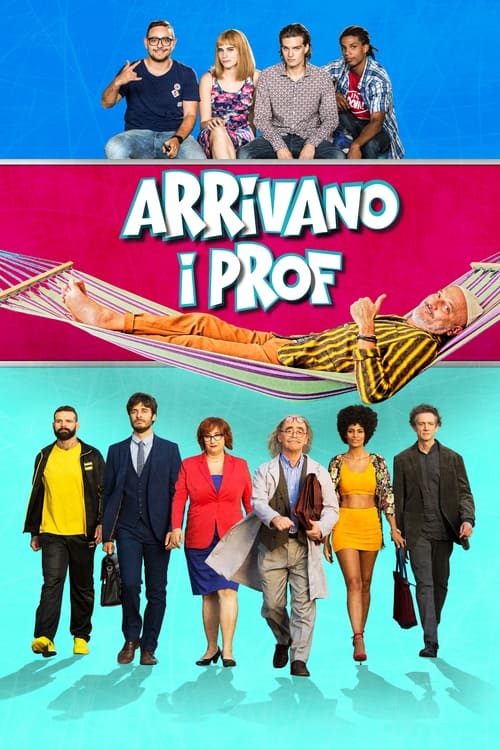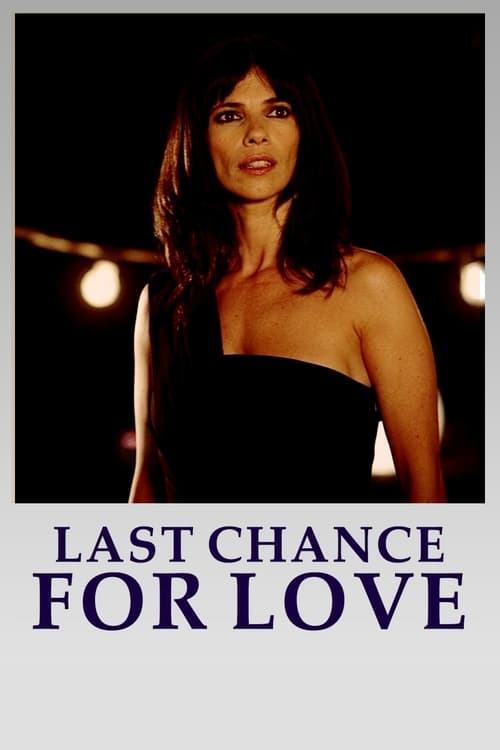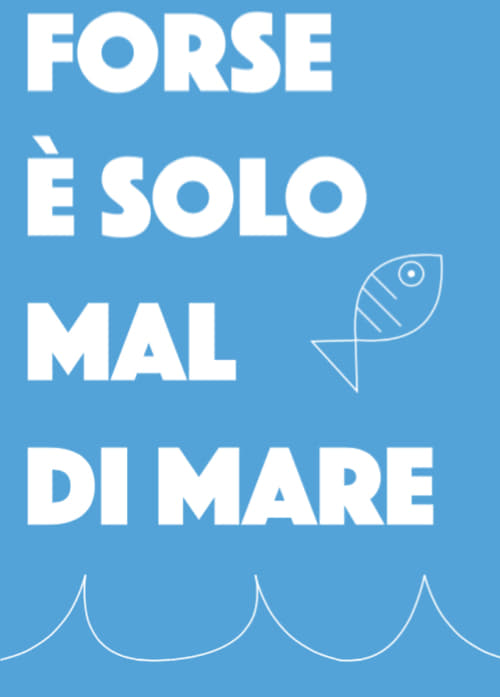
Ask Your Own Question
What is the plot?
The film DolceRoma opens in the somber, sterile environment of a mortuary in Rome, where Andrea Serrano, a young and worn-out aspiring writer, performs the grim task of washing corpses. The cold, clinical atmosphere of the mortuary, with its pale bodies laid out like silent witnesses, mirrors Andrea's own bleak outlook on life. He is exhausted, disillusioned, and financially strained, struggling to complete his first novel--a gritty, unflinching story about the Camorra, the notorious Neapolitan mafia. His work is titled "Non finisce qui" ("This is not over"), a phrase that resonates ominously throughout the narrative.
Andrea's daily routine is punctuated by moments of quiet desperation. He juggles the morbid reality of his job with the flickering hope that his novel might be his ticket out of obscurity. His apartment, cluttered with scribbled notes and half-finished pages, is a cramped sanctuary where he battles creative block and self-doubt. The film captures his isolation vividly: dim lighting, the constant hum of the city outside, and his solitary figure hunched over his desk. Andrea's internal monologue, sometimes spoken aloud, reveals his frustration and yearning for recognition.
One day, Andrea's monotonous existence is shattered when he meets Oscar Martello, a powerful and charismatic film producer. Oscar is introduced in a sleek office filled with the trappings of cinematic success--glossy posters, awards, and bustling assistants. He embodies the glamour and ruthlessness of the film industry, a stark contrast to Andrea's bleak world. Oscar has heard about Andrea's novel and sees potential in it as a gripping crime drama that could captivate audiences. "This story," Oscar says with a sly smile, "it's raw, it's real. It's what people want to see." This moment marks the turning point in Andrea's life, as Oscar offers to adapt "Non finisce qui" into a movie.
As preparations for the film adaptation begin, Andrea is thrust into a world of glitz and negotiation, but the shadows of the Camorra loom large. The film shifts between Andrea's encounters with Oscar and flashbacks or imagined scenes from his novel, blurring the lines between reality and fiction. Andrea's novel exposes the brutal inner workings of the Camorra, revealing betrayals, power struggles, and violence that ripple through Naples and Rome. These sequences are shot with stark realism--dark alleys, whispered threats, and sudden bursts of violence--contrasting with the polished veneer of the film industry scenes.
Throughout this process, Andrea faces mounting pressure. He is caught between his artistic integrity and the commercial demands of Oscar and the producers. Oscar pushes for sensationalism, wanting to amplify the violence and scandal to sell tickets. Andrea resists, insisting on the truth behind the crime, the human cost. Their confrontations escalate; in one heated exchange, Andrea snaps, "You don't want my story--you want a spectacle." Oscar retorts coldly, "Stories sell, Andrea. Truth is just another commodity."
Amidst this turmoil, Andrea's personal life unravels. He reconnects with old acquaintances from his neighborhood, including characters played by Claudia Gerini and Lorenzo Richelmy, who embody different facets of the criminal world and the struggling working class. These interactions deepen Andrea's understanding of the Camorra's grip on society but also place him in danger. The film hints at threats against Andrea for exposing truths some want buried. One night, Andrea narrowly escapes an ambush in a shadowy street, a tense scene filled with rapid cuts and close-ups of his panicked face.
Tragedy strikes when one of Andrea's close friends, a former Camorra affiliate named Marco (portrayed by Francesco Montanari), is killed in a brutal drive-by shooting. The murder is a chilling reminder of the stakes involved. Andrea is devastated, his grief compounded by guilt--he fears his novel may have put Marco in the crosshairs. "This isn't just a story anymore," Andrea whispers over Marco's lifeless body, "it's a death sentence."
The climax builds as Andrea confronts Oscar in a final showdown at the film studio. Andrea accuses Oscar of exploiting the pain and violence for profit, while Oscar defends his role as a storyteller who brings hidden realities to light. The tension is palpable; the room is dimly lit, shadows casting long shapes as their voices rise. Andrea declares, "If you want my story, you'll tell it right. Not just blood and bullets, but the lives behind them." Oscar's response is a cold smile: "In the end, it's the audience who decides what's right."
The film's resolution is bittersweet. Andrea's novel is adapted and released, achieving commercial success but sparking controversy. Andrea attends the premiere, a mix of pride and sorrow etched on his face. He has gained recognition but at a cost--the deaths, the betrayals, the compromises. The final scene returns to the mortuary, where Andrea once again washes a corpse, the cycle of life and death continuing. He looks into the camera and murmurs, "This is not over," echoing the title of his novel and the film itself.
No other deaths are explicitly detailed beyond Marco's murder, and no further confrontations escalate to fatal outcomes. The film ends on a note of unresolved tension, reflecting the ongoing struggle against the Camorra's shadow and the personal cost of telling such stories. Andrea Serrano survives, changed but determined, while Oscar Martello remains the enigmatic figure balancing art and commerce.
This narrative arc, woven through bleak realism and moments of intense personal drama, captures the essence of DolceRoma as a crime drama and a meta-commentary on storytelling, truth, and survival in a world haunted by violence and ambition.
More Movies Like This
Browse All Movies →What is the ending?
In the ending of "DolceRoma," the main characters confront their personal struggles and relationships, leading to a resolution that reflects their growth and the choices they have made throughout the film. The story culminates in a poignant moment of acceptance and understanding, as they navigate the complexities of love, ambition, and the pursuit of happiness in the vibrant backdrop of Rome.
As the film approaches its conclusion, we find ourselves in a bustling Roman café, where the atmosphere is filled with the sounds of laughter and clinking glasses. The sun begins to set, casting a warm golden hue over the city, symbolizing both an ending and a new beginning.
The protagonist, a young artist named Marco, sits at a table, sketching the lively scene around him. His internal conflict has been a central theme throughout the film, as he grapples with his aspirations and the pressures of his family. In this moment, he reflects on his journey, the sacrifices he has made, and the relationships he has forged. His gaze drifts to Sofia, a passionate photographer who has been a source of inspiration and love for him. Their relationship has been tumultuous, marked by misunderstandings and the weight of their individual dreams.
Sofia enters the café, her camera slung over her shoulder, and approaches Marco with a tentative smile. The tension between them is palpable, but there is also a sense of hope. They engage in a heartfelt conversation, where they finally express their fears and desires. Marco admits his struggle to balance his artistic ambitions with the expectations of his family, while Sofia reveals her own insecurities about her career and their relationship. This moment of vulnerability allows them to reconnect on a deeper level, and they share a tender kiss, symbolizing their commitment to support each other moving forward.
Meanwhile, we see Luca, Marco's best friend, who has been dealing with his own personal demons throughout the film. He has been torn between his loyalty to Marco and his own aspirations as a musician. In the café, he watches the exchange between Marco and Sofia, feeling a mix of happiness for his friend and a sense of longing for his own unfulfilled dreams. In a moment of clarity, he decides to take a leap of faith and pursue his passion for music, leaving behind the safety of his current job. This decision marks a turning point for Luca, as he embraces the uncertainty of following his heart.
As the evening progresses, the café fills with more patrons, and the vibrant energy of Rome comes alive. The characters share laughter and stories, creating a sense of community and belonging. The film closes with a montage of scenes showcasing the beauty of the city, interspersed with moments of Marco and Sofia exploring their artistic passions together, and Luca performing at a local venue.
In the final scene, Marco and Sofia stand on a rooftop overlooking the city, the lights of Rome twinkling below them. They hold hands, looking out at the horizon, filled with a sense of possibility and hope for the future. The camera pans out, capturing the essence of their journey and the enduring spirit of love and ambition that defines their lives in DolceRoma.
In summary, the fates of the main characters are intertwined with their choices and growth. Marco and Sofia find a renewed connection, committing to support each other's dreams. Luca steps into his own path, ready to embrace his musical aspirations. The ending encapsulates the film's exploration of love, ambition, and the beauty of pursuing one's dreams amidst the vibrant backdrop of Rome.
Is there a post-credit scene?
In the movie "DolceRoma," there is indeed a post-credit scene that adds a whimsical touch to the film's conclusion. After the credits roll, the scene opens with a panoramic view of the bustling streets of Rome, filled with vibrant life and energy. The camera then zooms in on a small café where the main characters, Marco and Sofia, are seated at a table, sharing a plate of traditional Italian pastries.
As they enjoy their dessert, the atmosphere is light and playful. Marco, with a mischievous grin, leans in closer to Sofia, teasing her about her earlier reluctance to embrace the spontaneity of life in Rome. Sofia, her eyes sparkling with laughter, playfully nudges him, revealing a newfound comfort in their relationship and the city around them.
The scene captures a moment of intimacy and connection, showcasing their growth throughout the film. As they share stories and laughter, the camera pans out, revealing the picturesque backdrop of the Roman skyline at sunset, casting a warm golden hue over the scene. The sound of distant laughter and the clinking of glasses fills the air, encapsulating the essence of joy and romance that permeates the film.
The post-credit scene serves as a lighthearted reminder of the film's themes of love, adventure, and the beauty of embracing life's unexpected moments, leaving the audience with a sense of hope and warmth as they exit the theater.
What is the significance of the character Marco in DolceRoma?
Marco serves as a central figure in DolceRoma, representing the struggles of an artist trying to find his place in a city that is both beautiful and challenging. His journey through Rome is marked by moments of inspiration and despair, reflecting his internal conflict between his artistic ambitions and the realities of life.
How does the relationship between Marco and Sofia evolve throughout the film?
The relationship between Marco and Sofia begins with a spark of attraction, but as the story unfolds, it becomes a complex interplay of love, jealousy, and misunderstanding. Their interactions are filled with emotional tension, showcasing Marco's insecurities and Sofia's desire for independence, ultimately leading to pivotal moments that test their bond.
What role does the city of Rome play in shaping the characters' experiences?
Rome is almost a character in itself in DolceRoma, with its stunning architecture and vibrant culture influencing the characters' emotions and decisions. The city's beauty contrasts with the characters' struggles, serving as a backdrop for their personal growth and the exploration of their dreams and disappointments.
How does the film portray the theme of artistic struggle through Marco's character?
Marco's artistic struggle is depicted through his interactions with other artists and his attempts to create meaningful work. The film captures his moments of doubt and inspiration, illustrating the highs and lows of pursuing a creative career in a city that is both a muse and a source of frustration.
What pivotal moment leads to a turning point in Marco's character development?
A pivotal moment occurs when Marco faces a significant setback in his artistic career, leading him to question his passion and purpose. This moment of crisis forces him to confront his fears and insecurities, ultimately propelling him towards a deeper understanding of himself and his art.
Is this family friendly?
"DolceRoma," produced in 2019, is a film that explores themes of love, family, and the complexities of relationships set against the backdrop of Rome. While the film has a charming aesthetic and a focus on personal connections, it does contain some elements that may not be suitable for children or sensitive viewers.
-
Mature Themes: The film delves into adult relationships, including romantic entanglements that may involve infidelity or emotional turmoil, which could be confusing for younger audiences.
-
Emotional Conflict: Characters experience significant emotional struggles, including heartbreak and existential crises, which may be intense for sensitive viewers.
-
Language: There may be instances of strong language or adult conversations that could be inappropriate for children.
-
Cultural References: Some scenes may include cultural nuances or social situations that require a certain level of maturity to fully understand.
-
Visuals of Urban Life: The depiction of urban life in Rome includes both its beauty and its grittier aspects, which might be unsettling for some viewers.
Overall, while "DolceRoma" offers a rich narrative and beautiful visuals, its exploration of complex adult themes may not be suitable for a family-friendly viewing experience.



